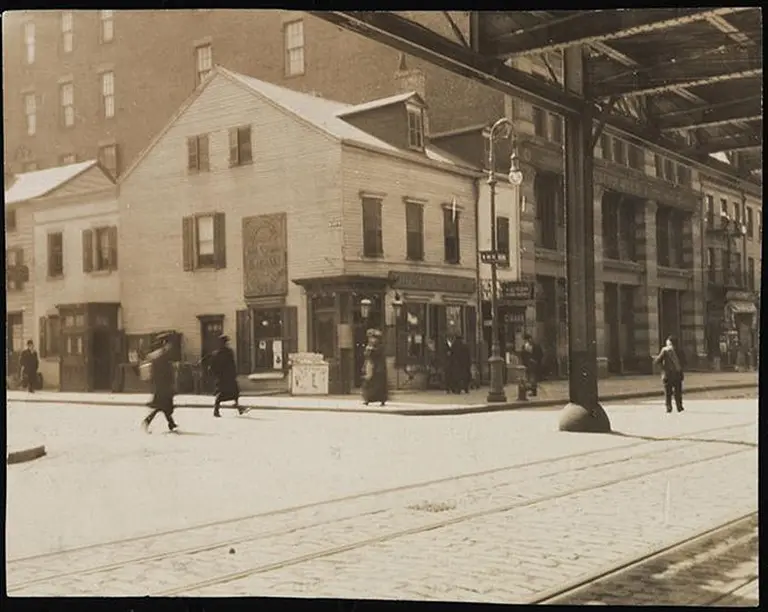
6th Avenue and 11th Street, 1905. Image via Ephemeral New York,
‘Heard it through the grapevine?’ The source was probably at 6th Avenue and 11th Street
more on the history here

6th Avenue and 11th Street, 1905. Image via Ephemeral New York,
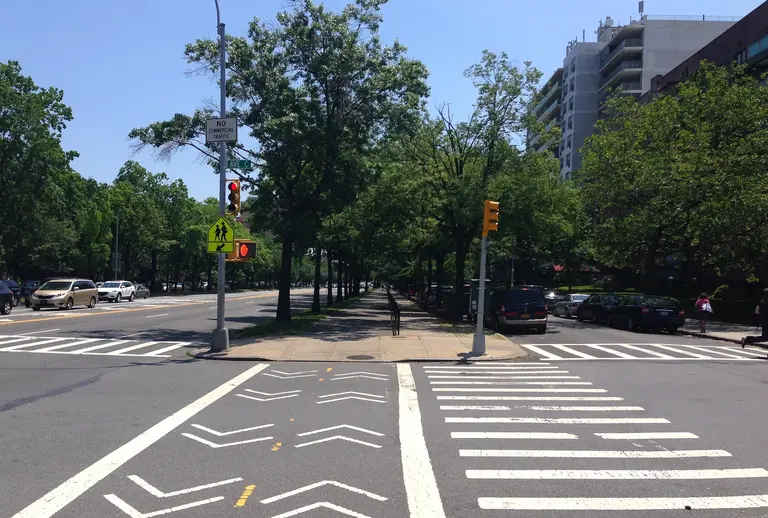
Photo by Kai Brinker on Flickr
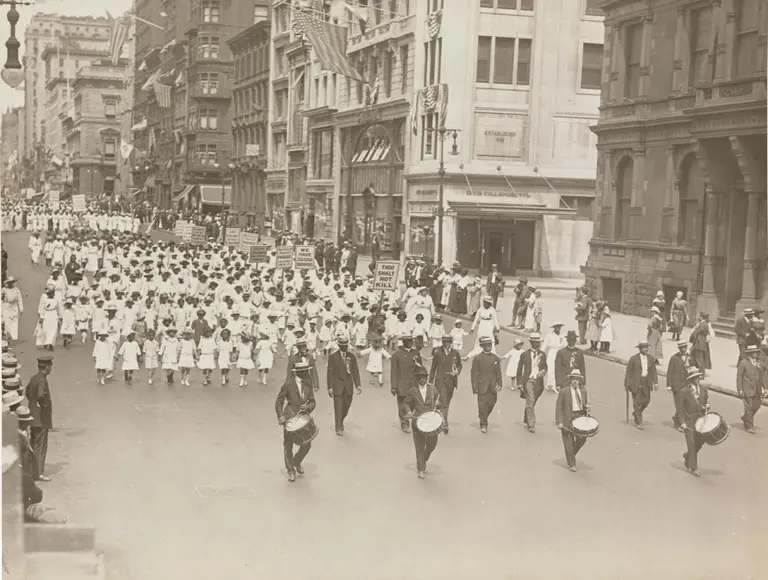
Photo courtesy of James Weldon Johnson Memorial Collection of African American Arts and Letters, Yale Collection of American Literature, Beinecke Rare Book and Manuscript Library
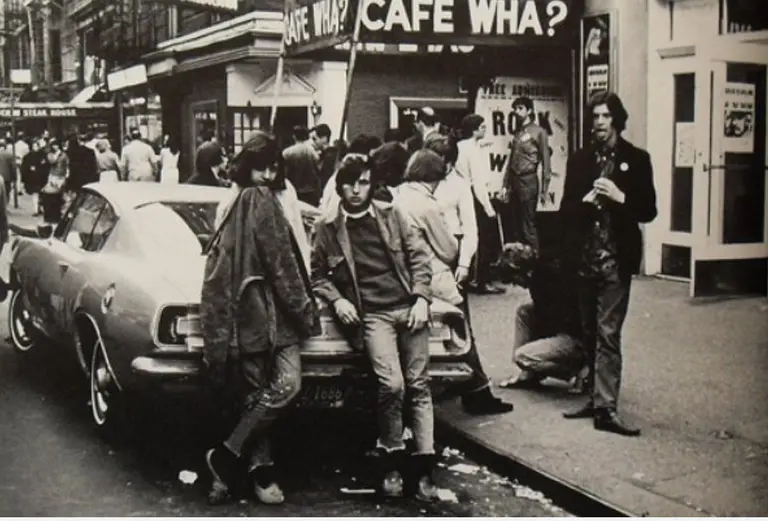
Greenwich Village Bohemians outside Cafe Wha in the 1960s, via Vintage Everyday
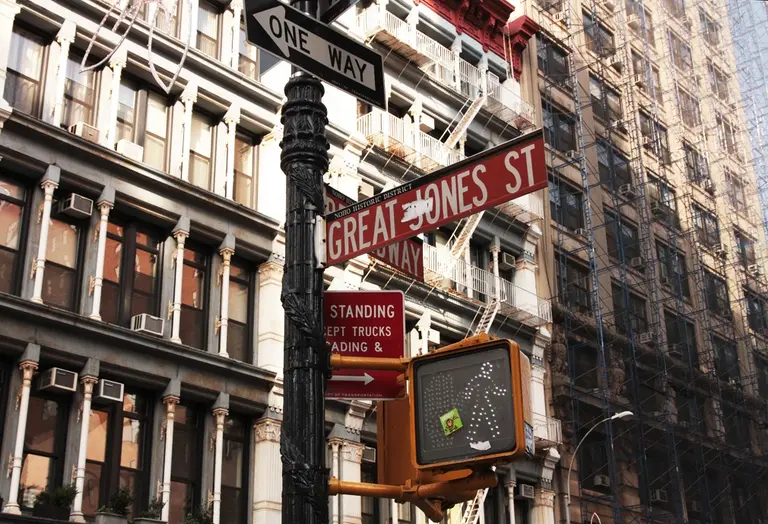
Photo via Wiki Commons
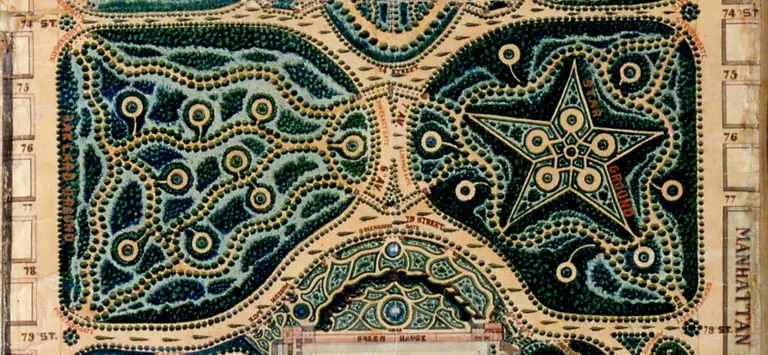
John Rink’s rejected design proposal for Central Park, via NY Historical Society

Photo courtesy of Gregory Fournier
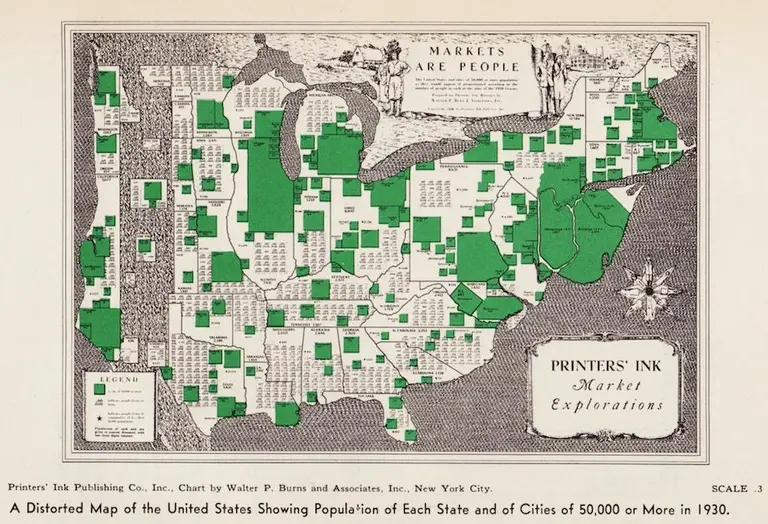
Map of U.S. with population of each state and of cities of 50,000+(Printers’ Ink Publishing Co., Inc., Chart by Walter P. Burns and Associates, Inc., New York City)
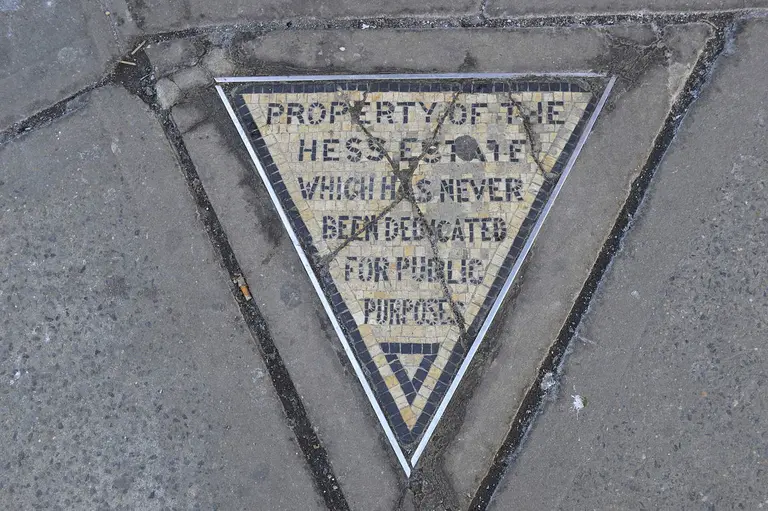
Photo via Wiki Commons
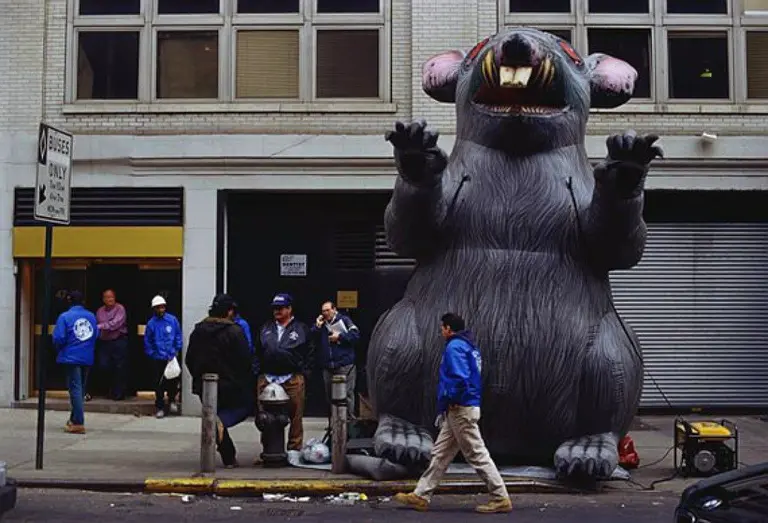
Photo courtesy of Big Sky Balloons
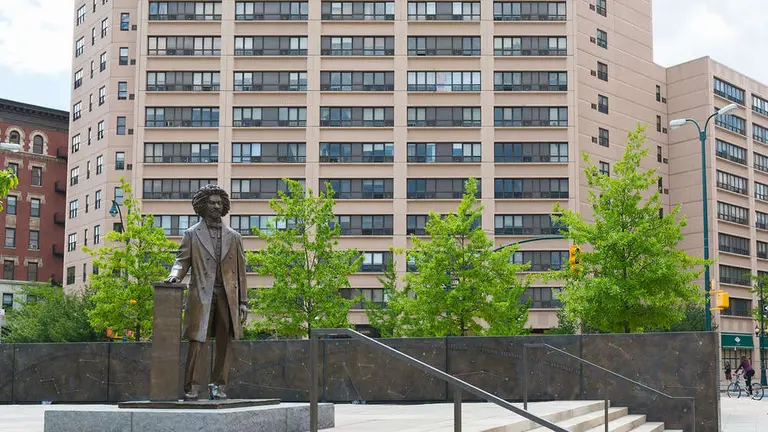
Statue of Frederick Douglass can be found at Central Park North and Frederick Douglass Boulevard, via CityRealty
Forty-eight years ago, just after 1:00am on June 28th, police raided Greenwich Village’s Stonewall Inn, the well-known gay bar on Christopher Street. Unlike past raids against gay bars, the crowd outside fought back, throwing bottles at the cops and protesting around the site for the next six days. According to the NYC LGBT Historic Sites Project, […]
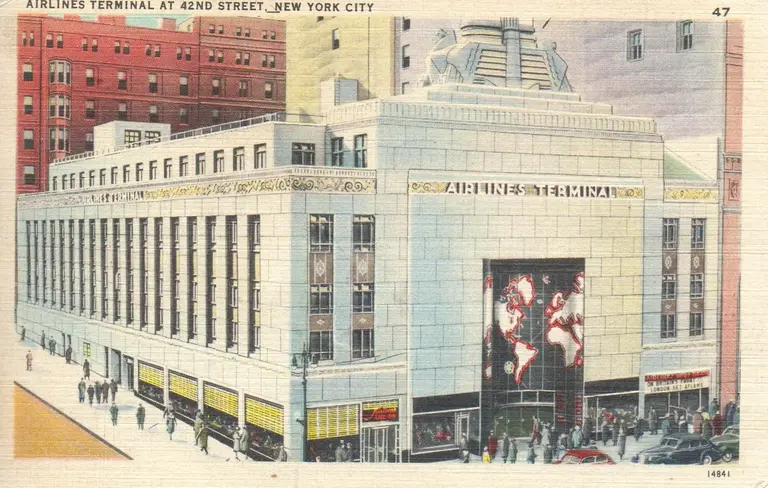
A vintage postcard of the Airlines Terminal Building, via drivingfordeco.com
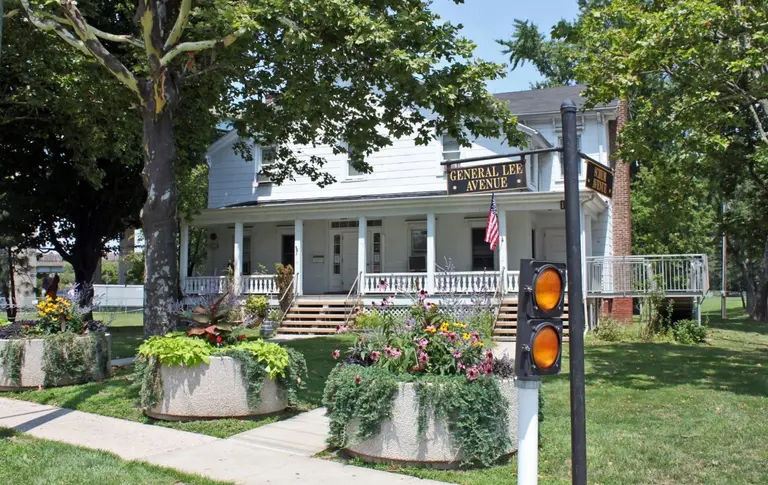
General Lee Avenue and Robert E. Lee’s former home on Fort Hamilton, via Jeremy Bender/Business Insider